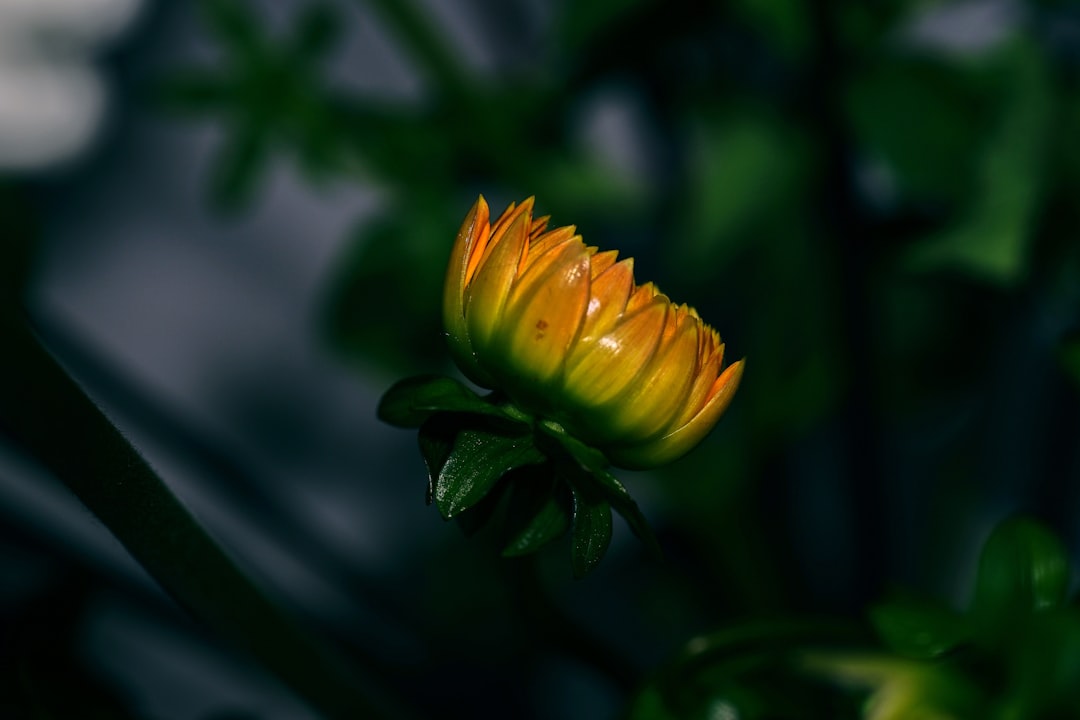The Art of Perfect Corn Harvesting in Your Garden

Edible gardening is a rewarding hobby, and one of the most satisfying crops to grow is corn. Knowing when to harvest corn from your garden is crucial to ensure it's perfectly ready to eat. In this article, we'll explore the ins and outs of corn harvesting, from determining the right time to pick to tips on storing and saving the seeds.
First and foremost, let's talk about when to harvest corn. Corn is typically ready for harvest about 20 days after the silk first appears. You can tell if the corn is ready by checking the kernels. Gently peel back a small section of the husk and press your fingernail into a kernel. If a milky substance comes out, the corn is ready to be picked. If the liquid is clear, the corn is not yet ripe, and if it's thick and pasty, the corn is overripe.
Another way to check for ripeness is by looking at the silk. When the corn is ready, the silk will turn brown and dry. You can also give the ear of corn a gentle tug. If it comes off the stalk easily, it's a good sign that it's ready to be harvested.
Once you've determined that your corn is ready for harvest, it's time to pick it. Use a sharp knife or pruning shears to cut the ear of corn from the stalk, leaving a few inches of the stalk attached. Be careful not to damage the remaining plants in the process.
After harvesting, it's important to store your corn properly to keep it fresh. Corn is best eaten as soon as possible after it's picked, as the sugars in the kernels start to turn to starch quickly. If you can't eat it right away, store the corn in the refrigerator, unhusked, in a plastic bag. This will help to keep the corn moist and fresh for a few days.
If you want to save the corn for later, you can freeze it. First, blanch the corn in boiling water for 3-4 minutes, then plunge it into ice water to stop the cooking process. Once the corn is cooled, remove the kernels from the cob and store them in freezer bags or containers. Frozen corn can last for up to a year in the freezer.
In addition to eating and freezing your corn, you can also save the seeds for next year's garden. To save the seeds, let the corn dry on the stalk until the husks are completely dry and the kernels are hard. Then, remove the kernels from the cob and store them in a cool, dry place in an airtight container. Make sure to label the container with the variety of corn and the date it was harvested.
When it comes to harvesting corn, there are a few tips and tricks that can help you get the best results. For example, it's a good idea to harvest corn in the morning, when the temperatures are cooler. This will help to keep the corn fresh and prevent it from spoiling quickly. You should also wear gloves when harvesting corn, as the silk can be sharp and irritating to the skin.
Another tip is to harvest the corn in small batches, rather than all at once. This will ensure that you have a continuous supply of fresh corn throughout the growing season. You can also stagger the planting of your corn to extend the harvest period.
Finally, it's important to take care of your corn plants throughout the growing season to ensure a healthy harvest. Make sure to water your corn regularly, especially during dry spells, and fertilize it with a balanced fertilizer. You should also keep an eye out for pests and diseases, and take appropriate measures to control them if necessary.
In conclusion, harvesting corn from your garden is a fun and rewarding experience. By knowing when to harvest, how to pick, store, and save the seeds, you can enjoy fresh, delicious corn all season long. So, get out there and start growing your own corn today!